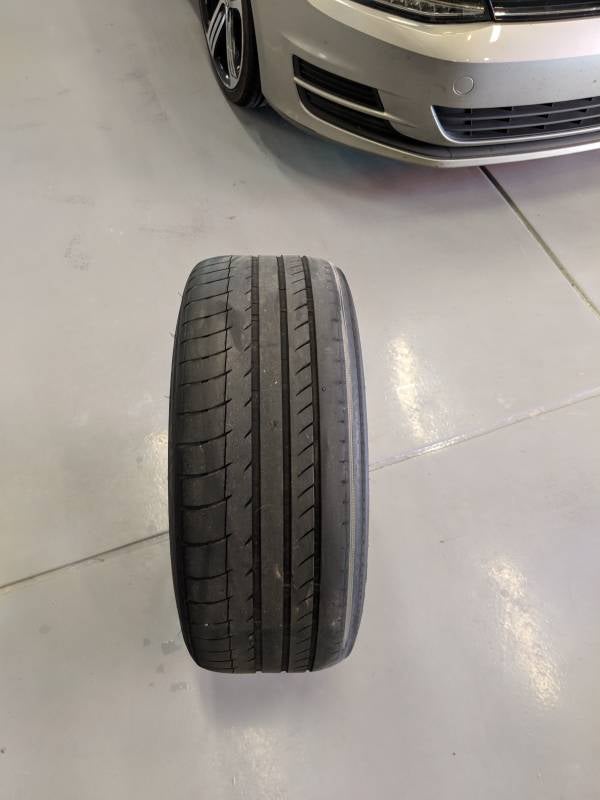This is an older picture of something I never figured out. I noticed one day when I got a little over a hundred miles an hour that the car felt unsteady. This got me poking around and noticing this.


Hankook wasn't interested in it. I've showed it to some mechanic friends over the years and no one knew what went wrong. I replaced all 4 with new Michelin A/S 3+s at the time (2019) which has been the best tire I've ever owned. It wasn't an alignment issue because I never had one done and the front tires are wearing great.
Hankook wasn't interested in it. I've showed it to some mechanic friends over the years and no one knew what went wrong. I replaced all 4 with new Michelin A/S 3+s at the time (2019) which has been the best tire I've ever owned. It wasn't an alignment issue because I never had one done and the front tires are wearing great.


